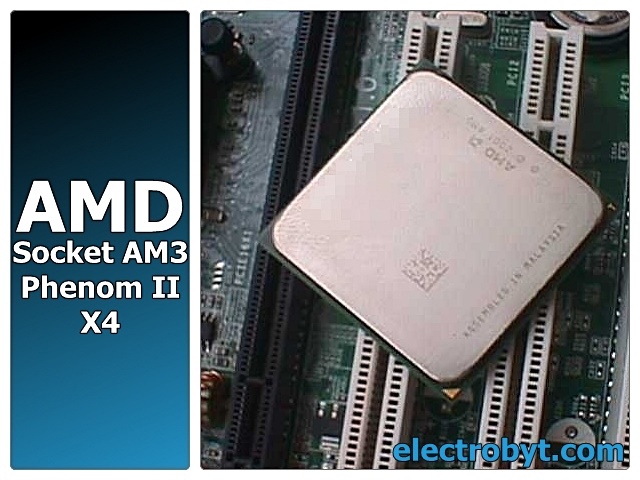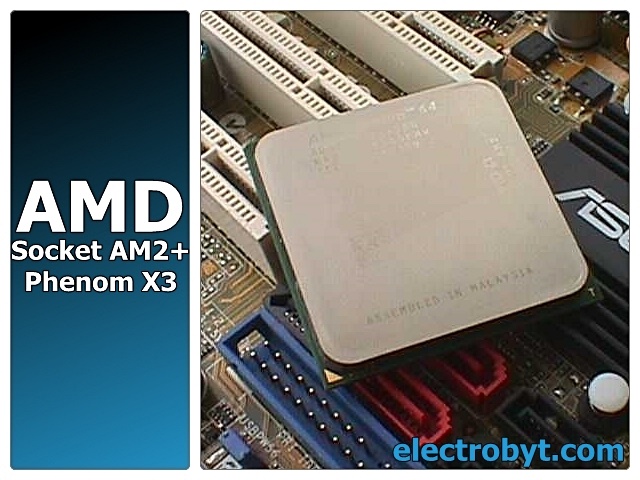
Moreover, Kabini will feature DirectX 11.1-compliant GCN-based graphics as well as numerous heterogeneous system architecture (HSA) improvements. The chipset or Fusion Controller Hub (FCH) for Kabini is codenamed "Yangtze" and is integrated on-die. However, the big news is that Kabini will be AMD's first, and also the first ever, quad-core x86-based SoC.

The Kabini APU that we are reviewing here today is aimed at the subnotebook, ultra-thin and small form factor markets, while Temash is aimed at tablets, hybrid laptops and other ultra-low power devices, usually with screens 11 inches or lower.īased on the Jaguar architecture these new APUs feature between 2 and 4 cores, numerous architectural improvements regarding power requirements and performance such as support for newer x86-instructions, a higher IPC, a CC6 power state mode and clock gating. With the new Kabini and Temash platforms AMD has achieved just that. If AMD could move the chipset on-die, then they would have created a true SoC solution and would be a step closer to a Heterogeneous System Architecture (HSA). All of these APUs and even current generation ones managed to fit a CPU and GPU into a single die, but still required a chipset to properly function.

Shortly after AMD would release APUs designed for desktop ( Llano), mobile (Sabine), ultra-mobile and embedded (Brazos) platforms. Based on the Lynx architecture, this first chip combined K10 CPU cores and a Radeon HD 6000 series GPU. The project wasn't without technical difficulties however, and it took AMD 5 years until the first Fusion APU saw the light of day.

Making the dream a reality for AMD was their acquisition of graphics chipset manufacturer ATI that same year. In 2006 AMD announced 'Fusion', a project aimed to develop a system on a chip that combined a CPU and GPU on a single die.


 0 kommentar(er)
0 kommentar(er)
